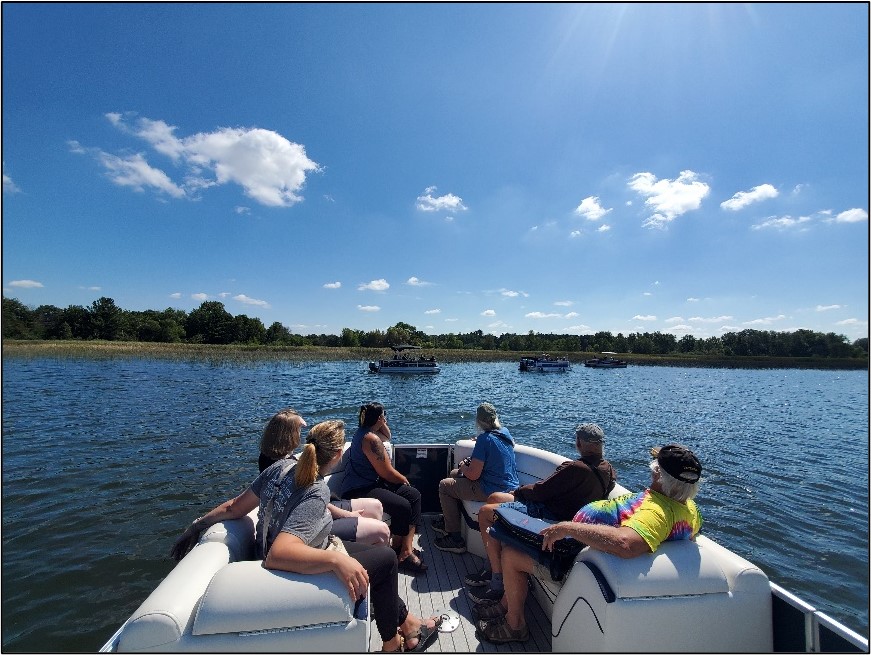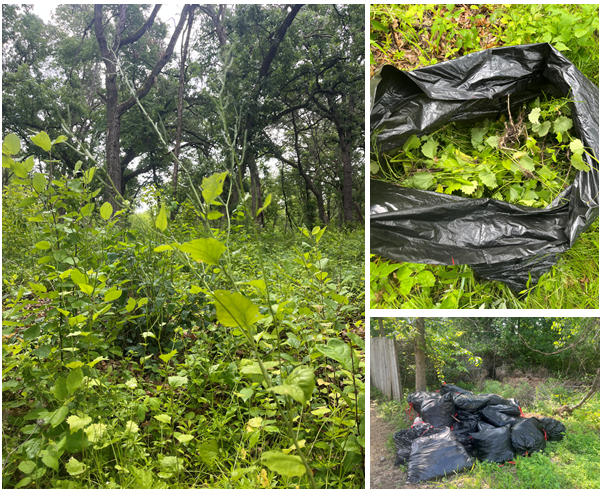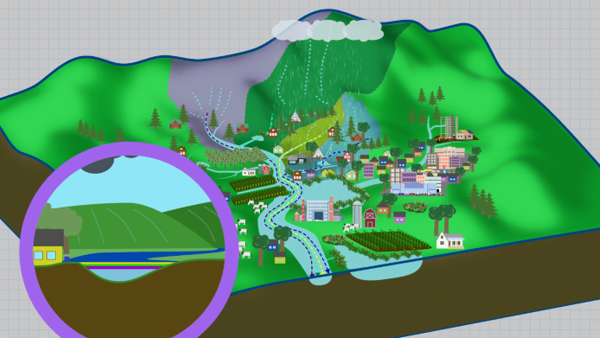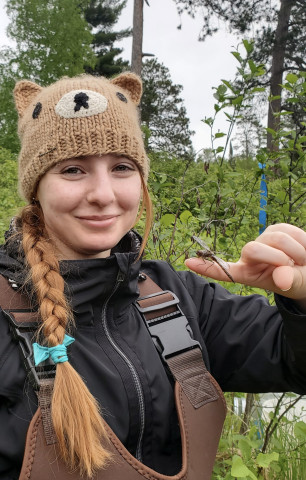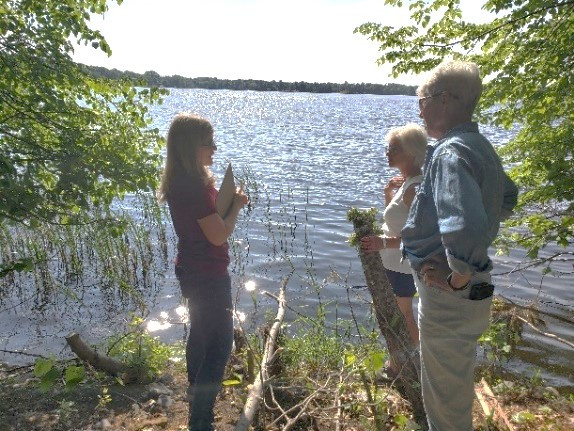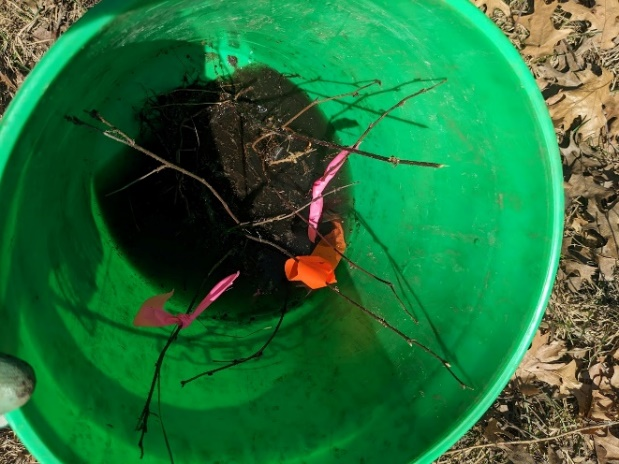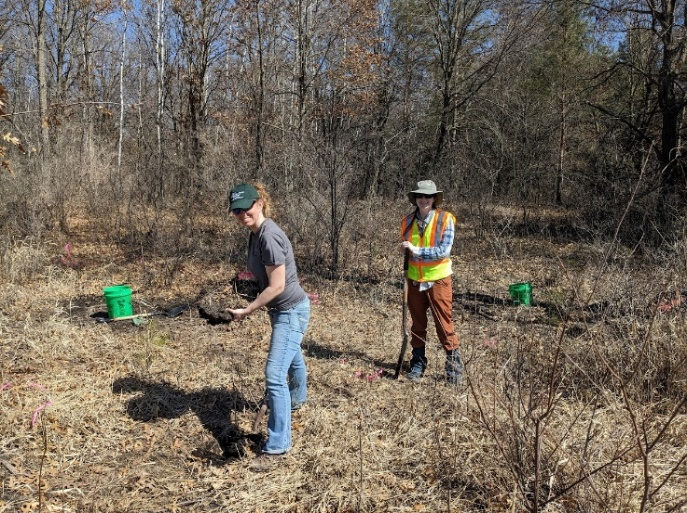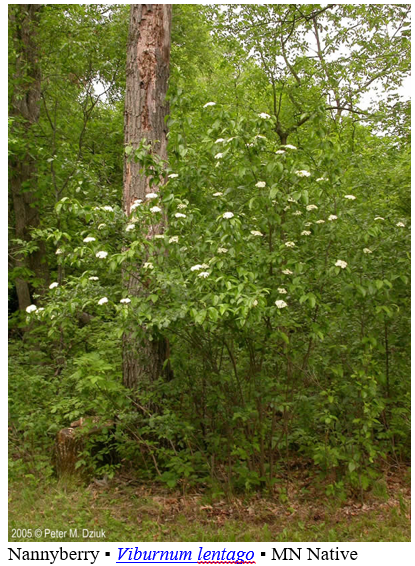Coon Lake, Anoka County's largest lake, was chosen as a research site for invasive cattails by the Minnesota Aquatic Invasive Species Research Center (MAISRC), associated with the University of Minnesota. Residents and natural resource professionals (including ACD staff) were among the ~50 people in attendance in August when their research was shared. MAISRC wants to know whether small-scale mechanical cattail removal can enhance fish habitat, the overall impacts that invasive cattails have on the environment, and the potential benefits of specific management approaches. They have research sites at nine lakes across the state, where they are comparing areas with invasive cattails present to those with cattails removed. Generally, they've found that native, aquatic vegetation becomes established quickly where cattails are removed. They also found healthy responses from fish and improved dissolved oxygen concentrations.
Minnesota is home to both native and non-native cattails, with the latter arriving in the 1940s, if not earlier. However, a hybrid species of the two types of cattails has become the most common and is the most aggressive. The hybrid species creates dense stands, consuming large areas of lake and wetland edges. Eradication is not a possibility and is why management approaches are being researched. Dr. Amy Schrank and her colleagues showed their cattail clearing methods and fish sampling equipment. The cattail removal areas are ~15-foot wide strips. Dr. Schrank emphasized that cattail removal is not being explored just because they can be a nuisance to landowners, but as part of management to improve the health of the fishery and the overall health of the lake.
More information about the research is at www.maisrc.umn.edu/cattails. In Minnesota, a DNR permit is required to destroy or control emergent vegetation, like cattails, in public waters. For more information, see the MNDNR webpage or contact Jamie Shurbon, Watershed Projects Manager, at
